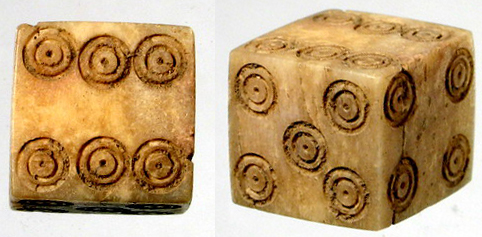smooth/rough shiny/dull hot/cold soft/hard light/dark transparent/opaque up/down in/out sta bility/insta bili ty torwa rd/backwanl vertical/horizontal straight/curved or crooked light/heavy chin/thick dean/dirty
The process of characterizing physical attributes is a very straightforward and seemingly uncreative, which may be unconventional for writers. Interestingly enough, computers thrive on performing logical tasks. In a TED talk in 2015, Fei-Fei Li talks about making computers able to understand images. Similar techniques have even been used to read people's dreams, where electrical signals are logged and arranged as an image, and a computer attempts to characterize what the person was "seeing". Researchers from the University of Illinois at Urbana-Champaign took it a step further and wrote the paper "Describing Objects by their Attributes". In it they discussed how they were able to "develop computer vision algorithms that go beyond naming and infer the properties or attributes of objects".
In the video, Fei-Fei Li explains the process her research team used to teach a computer how to recognize objects in images. This process was started by showing the computer gigantic amounts of processed images to allow it to train. At 7:35, SHEEEE mentions that thousands of employees worked together to organize and label over a billion images. This process reminded me of the metadata mentioned by Morna Gerrard in our visit to the Archives. Much like categorizing archives helps us identify the information we want, the categorization of images aids a computer to find what it is looking at.
I think it would be interesting to have technology contributing in the first steps of Prowian Analysis, since their logical approach to solving problems might allow us to have more detailed and thorough descriptions. Perhaps one day, technology will be able to take it a step further and make assumptions about the meaning of physical attributes, allowing material culture to be partly automated.
Paper: http://citeseerx.ist.psu.edu/viewdoc/download?doi=10.1.1.149.9539&rep=rep1&type=pdf



